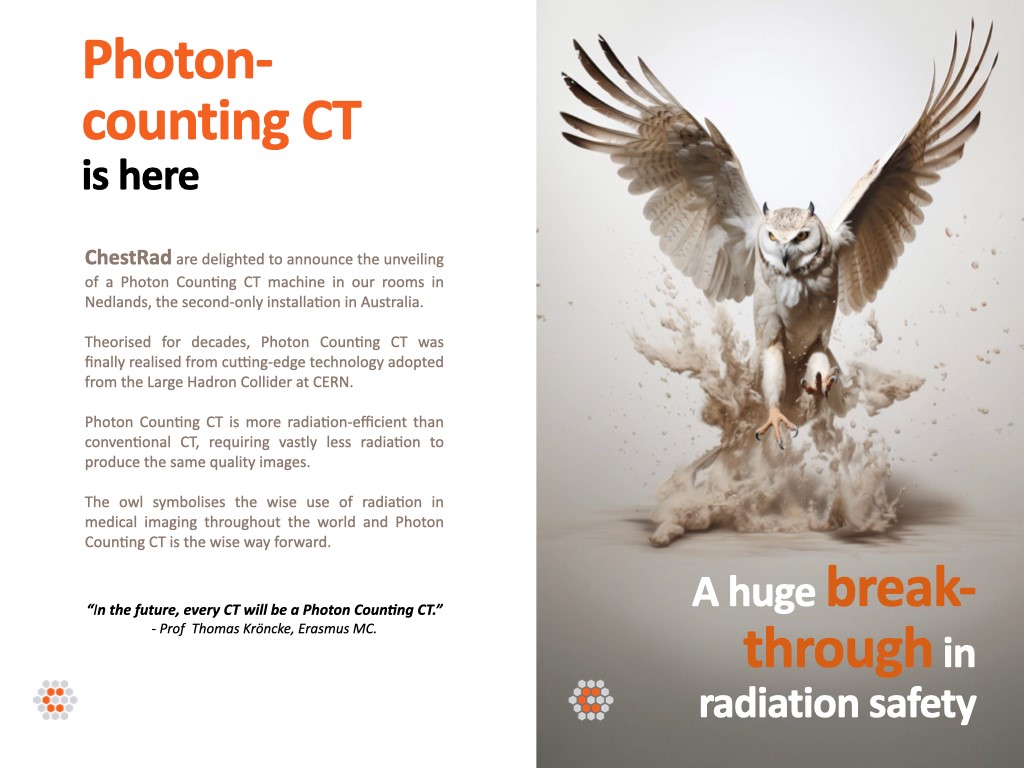Indications for CT Coronary Angiography
Cardiac Society Australia and New Zealand (2010)
- The strength of MDCT is to rule out significant coronary artery disease (CAD) in a low-intermediate risk population with symptoms. This has been demonstrated in multi-centre trials.
- Investigation of equivocal or uninterpretable stress tests
- Evaluation of suspected coronary anomalies / complex congenital heart disease
- Evaluation of new onset heart failure / cardiomyopathy of unknown aetiology
- Mapping of coronary vasculature including internal mammary arteries before repeat CABG
- Evaluation of left bundle branch block; f. Excluding significant CAD before non-coronary cardiac surgery
CTCA is inappropriateon patients who have known significant CAD or a high pre-test probability of CAD (conventional catheter angiography is more appropriate).
NICE guidelines (2020)
(National Institute for Health Care and Excellence – United Kingdom)
First-line:
CT coronary angiography if: clinical assessment indicates typical or atypical angina, or clinical assessment indicates non-anginal chest pain but 12-lead resting ECG has been done and indicates ST-T changes or Q waves.
Second-line:
Non-invasive functional testing Offer non-invasive functional imaging for myocardial ischaemia if 64-slice (or above) CT coronary angiography has shown coronary artery disease of uncertain functional significance or is non-diagnostic. When offering non-invasive functional imaging for myocardial ischaemia use: MPS with SPECT or stress echocardiography or first-pass contrast-enhanced magnetic resonance perfusion or MRI for stress-induced wall motion abnormalities.
